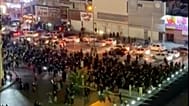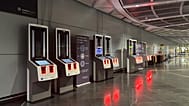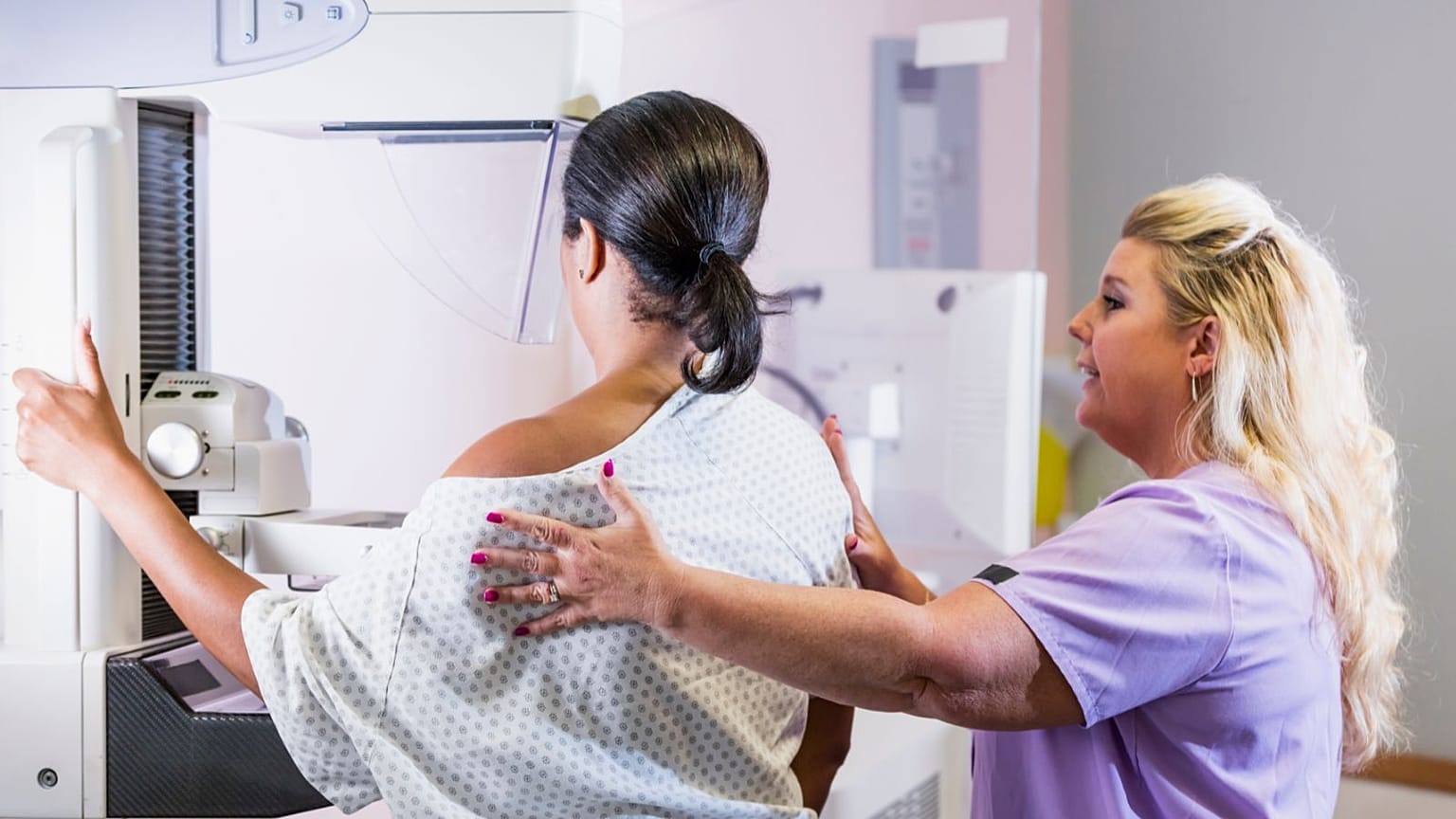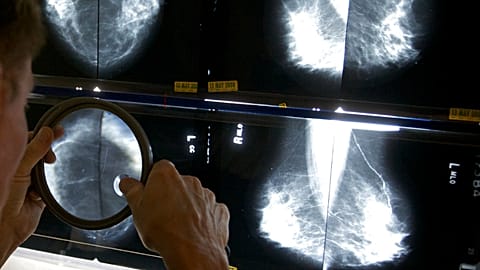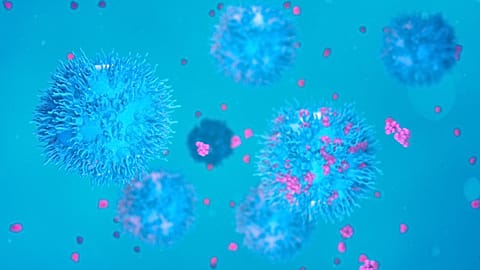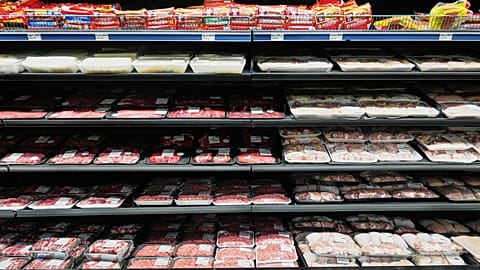Preliminary results from a Swedish trial showed that artificial intelligence (AI) is helping radiologists reduce their workload and detect more cases.
Scientists have found that artificial intelligence-supported breast screening detected 20 per cent more cancers compared with the double reading of mammograms by two radiologists.
A mammogram is an X-ray picture of a breast that is used to detect early signs of cancer when it is easier to treat.
The preliminary findings of the study of more than 80,000 women in Sweden were published in The Lancet Oncology journal on Wednesday.
This was the first randomised controlled trial of AI-supported breast screening.
The scientists found that using AI to support screening did not increase the number of times that a mammogram was incorrectly diagnosed as abnormal, known as a false positive.
It also reduced the screen-reading workload of radiologists by 44.3 per cent.
Lead author Dr Kristina Lång from Lund University in Sweden told Euronews Next that she was surprised by the initial results of the study because they had exceeded the researchers' expectations.
"We found that we could detect more cancers when we screened with the support of AI. But at the same time, it did not increase false positives, and we can reduce the screen reading workload for radiologists by almost half," she said.
"So this combination is a really promising result because it implies that we can have a screening method, that is not only accurate but also more efficient".
The study is ongoing and one of the future goals is to determine if AI can also help to reduce the number of women whose cancer is missed in annual screenings.
This will be assessed after all of the 100,000 total participants have had a two-year follow-up around December 2024 and will provide insight into the efficacy of using AI to help with screening.
Radiologists remain in the 'steering position'
The European Commission’s guidelines recommend the double reading of mammograms by two radiologists but this means they have a large workload amidst a shortage of breast radiologists in many countries.
Lång said that the use of AI was not meant to replace radiologists despite rising concerns globally that the technology, which has recently flourished, could replace human jobs across myriad industries.
At the moment, AI is not capable of replacing radiologists, she said.
"The design of our screening protocol emphasises the central role of the radiologist because it's very important to have radiologists in order to have a low false positive rate," she told Euronews Next.
"AI highlights a lot of suspicious findings that are not cancer. So the radiologists need to be able to say, okay, this finding here, that's not cancer… the radiologists really need to be in the steering position to get the best results," she added.
How did the trial work?
Half of the more than 80,000 women were assigned to a group with AI-supported breast screening and the other half to double reading by two radiologists without AI between April 2021 and July 2022.
In the group where AI was used to help screen mammograms, the system would analyse the image and predict the risk of cancer on a scale of one (lowest risk) to 10 (highest risk).
If the score was less than 10, only one radiologist would read the image whereas if it was 10, which was the highest risk level, two radiologists would analyse it. Women were also recalled for suspicious findings.
In the AI-supported group, 244 cancers were detected and 861 women were recalled, while in the double-reading group without AI, 203 cancers were detected and 817 women were recalled.
Lång told Euronews Next that the preliminary study results were released to show that AI-supported screening is safe.
"It could have been that if we only do a single reading of the majority of the screening examinations, the cancer detection would decline. So we wanted to be sure that we do not compromise the clinical safety," she explained.
"We can now say already that screening with AI is safe," she added, which is a finding that could influence future studies.
Limitations and next steps in the study
In a comment on the journal article, Nereo Segnan and Antonio Ponti, from the Reference Centre for Oncological Epidemiology and Prevention in Turin, Italy, (CPO Piemonte) wrote that the results shown were of "great interest".
The scientists, who were not associated with the study, said that it remained to be seen whether AI was able to "capture relevant biological features," such as the capacity of the tumours to grow and spread.
Segnan and Ponti warned that there could be overdiagnosis or overdetection with AI-assisted screening which "should prompt caution in the interpretation of results that otherwise seem straightforward in favouring the use of AI".
The study’s authors, meanwhile, said that a limitation of the study was that the analysis was at a single centre, limited to one mammography device and one AI system.
"We are analysing all the cancers in the trial for the 100,000 women to determine what type and stage of cancers that we detect using AI compared with standard screening because it could be that there's a shift in the type of cancers that we detect," said Lång.
This, in addition to seeing which cancers were missed in the screenings, will help them determine whether AI can truly improve the early detection of breast cancer.


